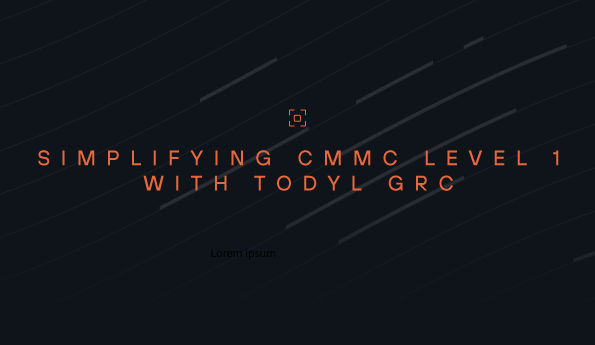Five Benefits of Consolidating Your Security Stack
Layering and managing multiple security tools was the traditional approach to protecting an organization's endpoints, networks, and data. However, as the cybersecurity landscape grows increasingly complex and dynamic, this strategy is showing its limitations. The increase in disparate security solutions from various vendors results in a convoluted and disjointed security stack. This approach creates multiple challenges and inefficiencies including poor visibility, siloed data, and the potential for misconfigurations and overlooked vulnerabilities.
Threat actors continue to become more agile and innovative, so relying on multiple standalone tools is no longer effective. Delivering stronger security requires a consolidated approach that can adapt and respond swiftly to emerging threats.
From enhanced threat detection and response to simplified management and cost savings, the case for consolidating multiple security tools into one, streamlined platform is strong. Here are five benefits your organization can expect from consolidation:
1. Improved efficiency
Managing a wide variety of security solutions from multiple vendors is complex and time-consuming. Consolidating your security stack significantly improves operational efficiencies within your organization.
Integrating multiple security tools and solutions into a cohesive platform reduces the number of interfaces and vendors you need to work within, making it easier to monitor, configure, and update your security infrastructure as well as troubleshoot issues. Improved efficiencies such as these empower your IT and security teams to allocate their time and resources more effectively, saving your team valuable time and resources.
2. Enhanced visibility
Consolidation plays a pivotal role in enhancing visibility across your organization's digital landscape. A unified dashboard gives you a holistic view of your network, applications, endpoints, and all user activities. This unified perspective allows your security teams to better monitor and analyze data, identify anomalies, and detect potential threats more efficiently.
Improved visibility also allows you to see all security events and alerts in one place, making it easier to identify threats and response quickly.
3. Scalability and flexibility
As your organization grows, a consolidated security stack can scale more efficiently. Adding new security capabilities or expanding your coverage is easier when you're working with a unified platform that's designed for scalability and flexibility.
When your security tools are integrated into a unified platform it becomes simpler to scale your defenses up as necessary. Whether you're expanding your infrastructure, adding new services, or facing increased security demands, a consolidated stack allows for seamless integration of additional security measures.
Consolidation empowers you to maintain the flexibility needed to stay agile in the face of evolving cybersecurity challenges while efficiently managing your security resources.
4. Reduces noise and accelerates response times
Security teams with a consolidated stack can seamlessly coordinate and share information across different security components. This streamlined communication and data sharing enables faster detection and response to security incidents.
Beyond just improving incident response processes, reducing the complexity of managing multiple disparate systems enables security professionals to focus their efforts on effective threat analysis and mitigation, rather than the burden of managing numerous isolated tools.
The result is a significant reduction in incident response times, ensuring that security breaches are identified and addressed promptly, minimizing potential damage and downtime.
This also helps make response times more efficient. Security teams no longer have to sift through multiple tools that have generated different alerts for the same event. With a consolidated security stack, alerts are pooled under a single case to help teams quickly gain a holistic view of what’s happening in their environments.
5. Increases ROI
Integrating multiple security capabilities into a unified platform eliminates the need for numerous standalone tools, each with its own licensing fees, maintenance costs, and hardware requirements. This consolidation not only reduces upfront expenses but also streamlines ongoing operational costs.
With fewer systems to manage, your IT and security teams can allocate their resources more efficiently, reducing labor costs associated with system administration and maintenance.
Consolidate your security stack with Todyl
Cyber threats continue to advance and evolve, but consolidation gives your organization multiple advantages. With a consolidated approach to security, you have peace of mind that all the information you need to effectively manage security is in one place.
Todyl consolidates multiple security capabilities in one platform, empowering your organization with simplified management, threat prevention, faster detection and response, and improved operational efficiency. Learn more about what the consolidated Todyl Platform can do for your organization here.
See Todyl in Action
Learn how you can protect what you built.
Stay on the Cutting Edge of Security
Subscribe to our newsletter to get our latest insights.



